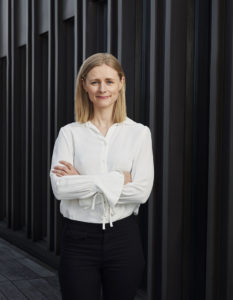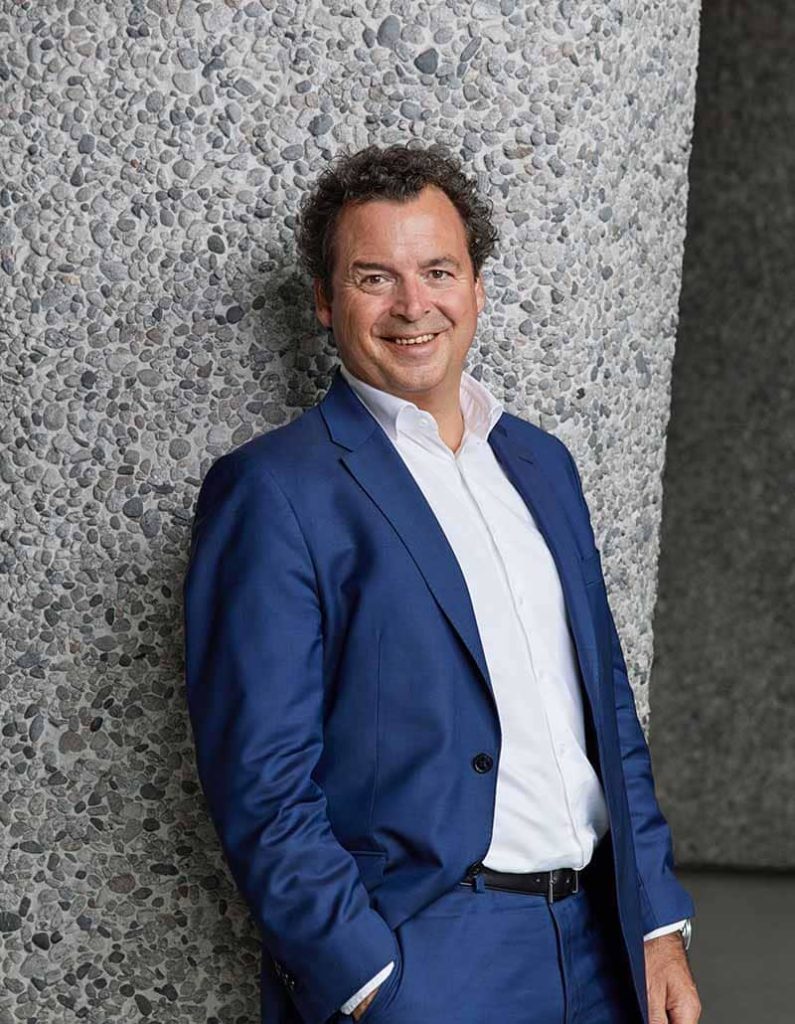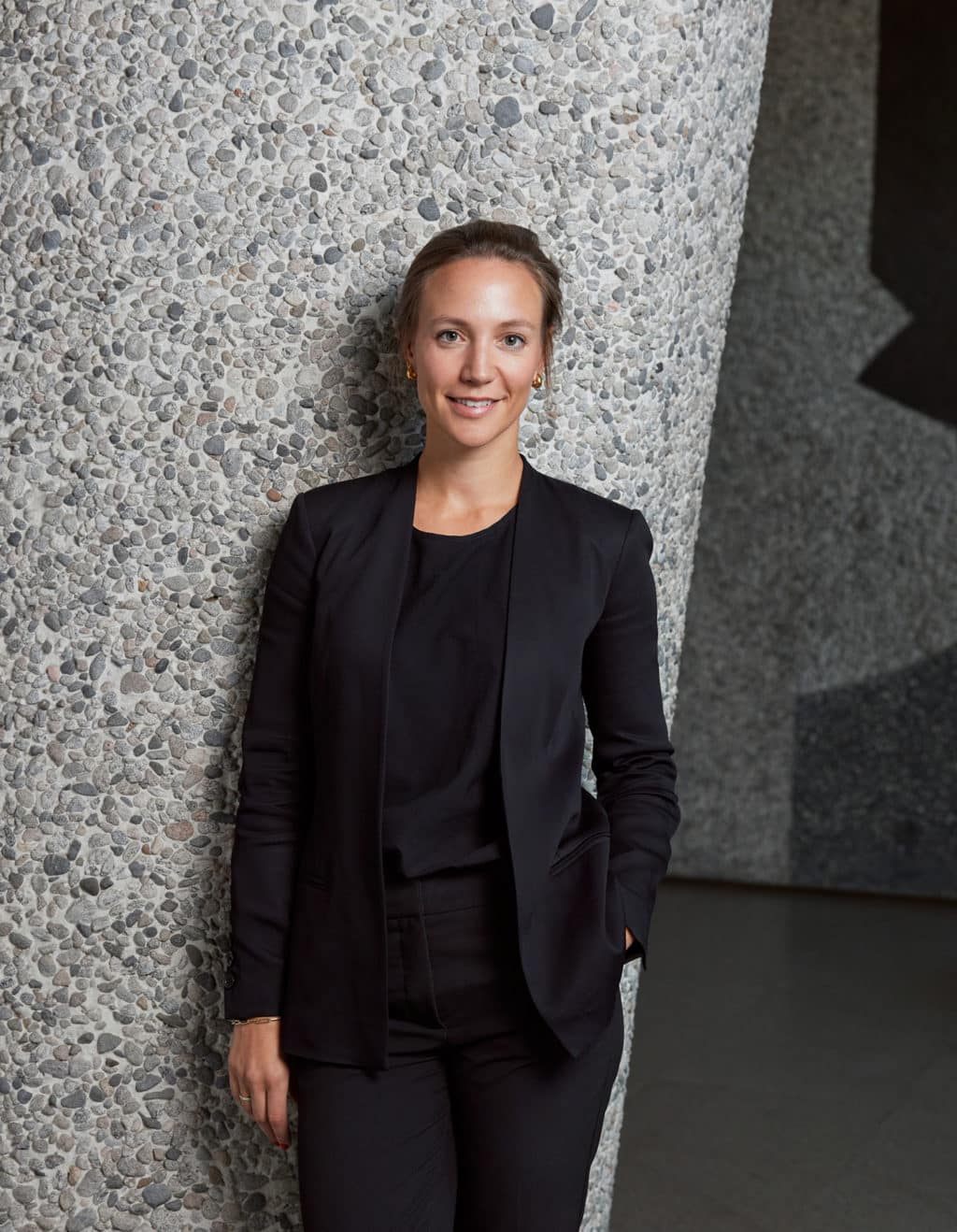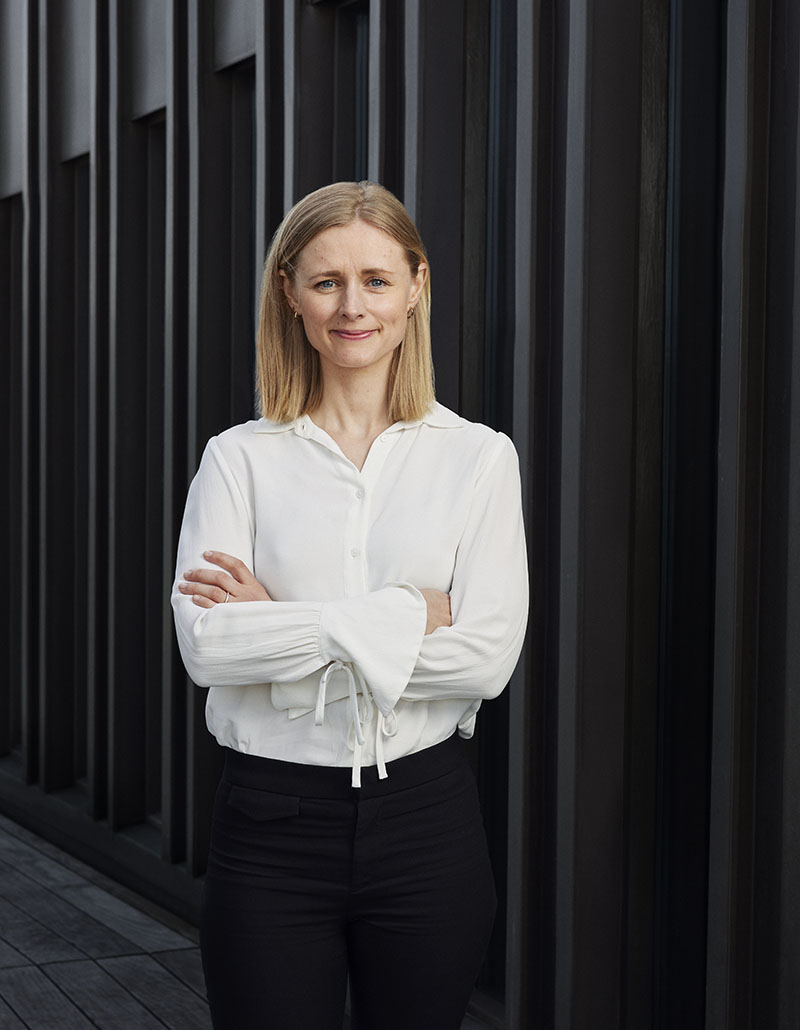Short Hydrogen overview September 2024
Next regulatory steps for the hydrogen market in Europe, the next steps under the EU’s Hydrogen Bank and Enova’s support schemes for hydrogen.
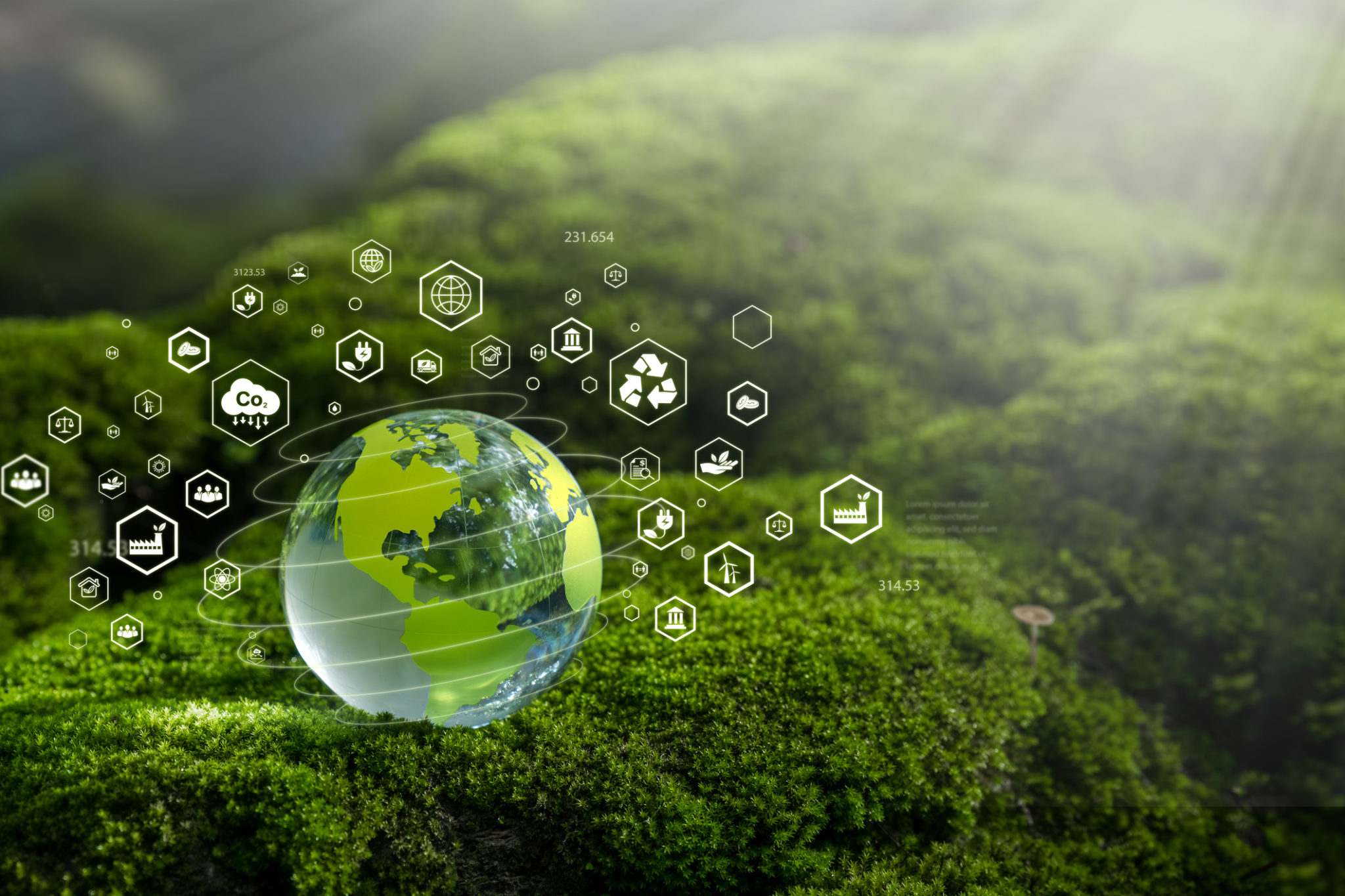
Hydrogen produced with zero or low emissions can contribute to reduced emissions in several sectors, particularly in the industrial and transport sectors, and is one of the necessary solutions in the green transition. Norway and Norwegian players are uniquely positioned to capture market shares in the emerging European hydrogen market, but must be aware of the EU’s focus on green hydrogen.
The hydrogen sector is developing rapidly in both Norway and Europe, with forward-leaning players with growing project portfolios and the development of framework and support schemes by the authorities. KonKraft’s forecasts for the production of blue hydrogen in Norway show that the first projects will start in 2029 with an annual production of 220,000 tons. Assuming that investment decisions are made on known concepts and projects, the production volume can increase rapidly to an annual production of 1 million tons (Mt), to 1.4 Mt in the first half of the 2030s. The Norwegian Hydrogen Forum’s overview shows that the planned production capacity of renewable hydrogen in Norway is more than 1 Mt in 2030. The EU’s goal is to produce 10 Mt of renewable hydrogen and import an equivalent amount of renewable hydrogen by 2030.
As mentioned, the Norwegian Hydrogen Forum keeps an overview of all public known, planned and ongoing hydrogen and ammonia projects in Norway. Currently, on the production side, this represents 75 development projects of hydrogen and ammonia, with a potential of 2,5 Mt annual capacity in 2030, increasing to around 4,7 Mt in 2040. The projects are located along the Norwegian coastline, from the North to the South-East, and plan for production capacity varying from 10 MW to 1000 MW per year from 2030.
Brief overview of ongoing processes in the EU
In the follow-up to the EU’s goal of climate neutrality by 2050 and the framework laid down in the European Green Deal, the EU has in recent years adopted several initiatives that also set important guidelines for the development of hydrogen value chains in Europe.
The goal of producing 10 Mt of renewable hydrogen and importing an equivalent amount of renewable hydrogen by 2030 follows from the REPowerEU Plan.
To achieve this goal, the recently adopted Net Zero Industry Act (adopted on May 27 this year) establishes a European framework to ensure access to, and the sustainable development of, net-zero technologies. This includes strengthening Europe’s production capacity for net-zero technologies, including the creation of quality jobs in net-zero industries, and thereby ensuring the EU’s competitiveness. The act defines “net-zero technologies” in Article 3a, which also includes hydrogen, cf. e) hydrogen technologies, including electrolysers and fuel cells. Article 3(2) and (3) specify that the definition list of “net-zero technologies” does not guide the Member States’ choice between different energy sources, nor which technologies and solutions will be eligible for support under the EU’s various support schemes.
Another important regulatory development came into force beginning of August in the EU with the revised Directive on the common rules for the internal market for renewable gas, natural gas and hydrogen (2024/1788), supplemented by the revised Regulation on the internal markets for renewable gas, natural gas and hydrogen (2024/1789). The internal gas market regulations now also cover renewable gas and hydrogen, providing among other common rules for market access, rules on certification and information sharing concerning the renewable and low carbon gases, and rules for cooperation between transmission system operators. In Norway, these legal acts are currently on a public consultation before the EU EEA process proceeds. The deadline for submitting comments is set for 25 October and the Ministry of Energy is planning for a public consultation meeting 10 October. The Ministry assumes that the acts are EEA relevant and acceptable with adaptations and they will require regulatory amendments and consent by the Parliament. Read more about these regulations in our news letter here.
Furthermore, the European Hydrogen Bank is currently preparing its second auction round for renewable hydrogen production, following the first pilot auction concluded in April 2024. In the first round, seven renewable hydrogen projects were awarded a total of EUR 720 million. Among the winners is Norway’s Skiga AS, which was awarded EUR 81.3 million to the establishment of green hydrogen production in Gulen in Vestland County. The second auction is now being planned, with the aim of opening it in Q4 2024 and a subsequent application deadline in Q2 2025. The total budget is set at EUR 1,2 billion. The Commission has consulted on the criteria for the auction, and their summary of consultation responses and information on the further process can be found here. As in the previous round, the starting point for the auction is a ten-year contract that provides a predefined subsidy per kg of renewable hydrogen produced. Other key criteria proposed for the second auction round are as follows:
- Reduction of the auction ceiling price from 4.5 to 3.5 EUR/kg,
- The maximum “Entry into Operation” time is reduced from 5 to 3 years,
- Increase the requested amount of the completion guarantee, from 4% to 10% of the requested grant amount,
- inclusion of a dedicated budget basket for projects with off-takers in the maritime sector, in accordance with the 2023 ETS Directive revision,
- request of more detailed information, particularly on the electrolyser’s origin and value chain, as part of the electrolyser procurement strategy. This additional information would support decision-making related to the Net-Zero Industry Act.
Enova’s recent and planned Hydrogen activities
Enova is a state-owned enterprise set up to contribute and facilitate the transition towards the low-emission society, funded through the Climate and Energy Fund.
Enova follows up Norway’s connection with the European Hydrogen Bank and assisted 14 Norwegian bidders in the first auction round. Nationally, Enova also manages several support programs that target both the use and production of hydrogen. Similar to the proposal for a special pot for maritime customers in the next auction round under the EU Hydrogen Bank, Enova also has a strong focus on hydrogen and ammonia in the maritime sector. In June this year, Enova awarded NOK 1.2 billion to hydrogen and ammonia ships, and they have announced a competition for investment support for the production and infrastructure of hydrogen as a fuel for maritime transport, with an application deadline that was due September 5 this year. The next application deadline for the Hydrogen and Ammonia in Vessels programs is 27 September 2024. Further, Enova is currently working on establishing a new support scheme directed towards production of ammonia as a fuel for maritime transport, expected to be launched later this fall.


